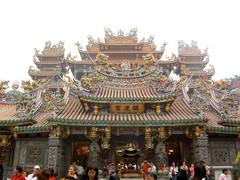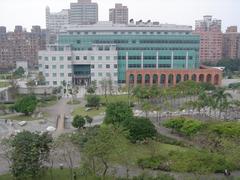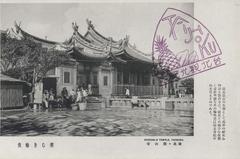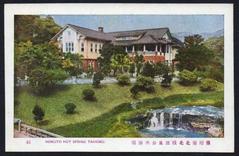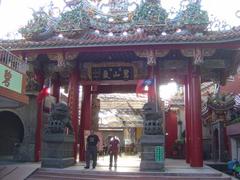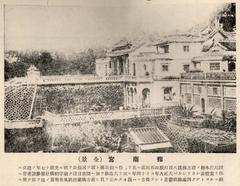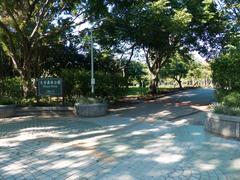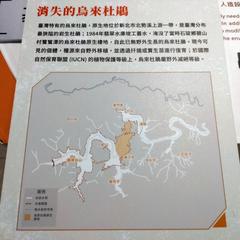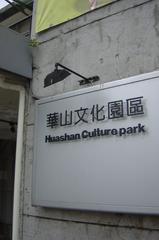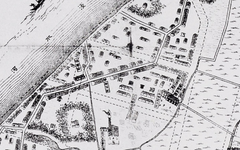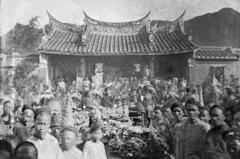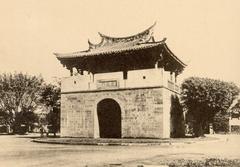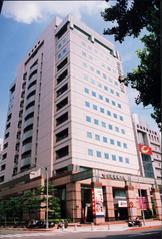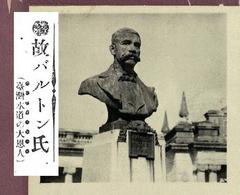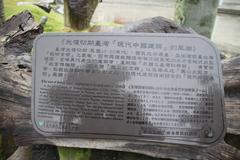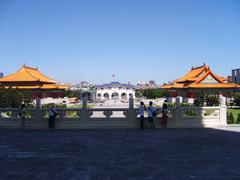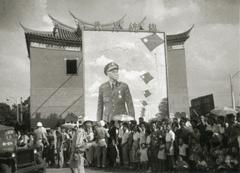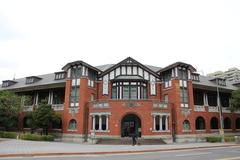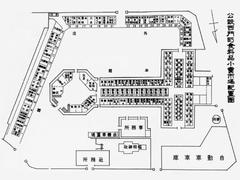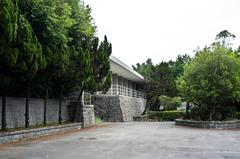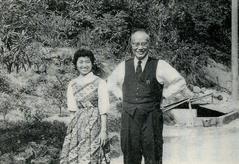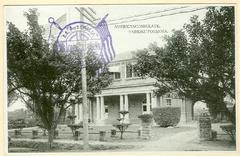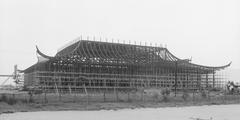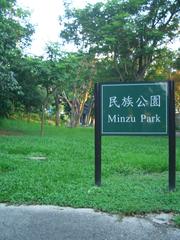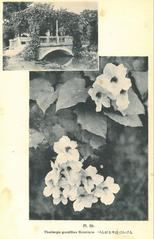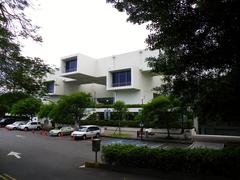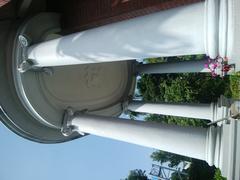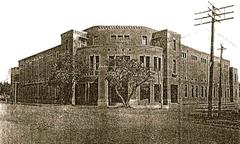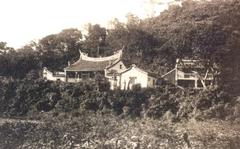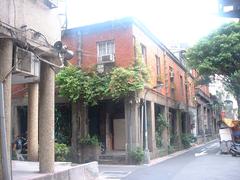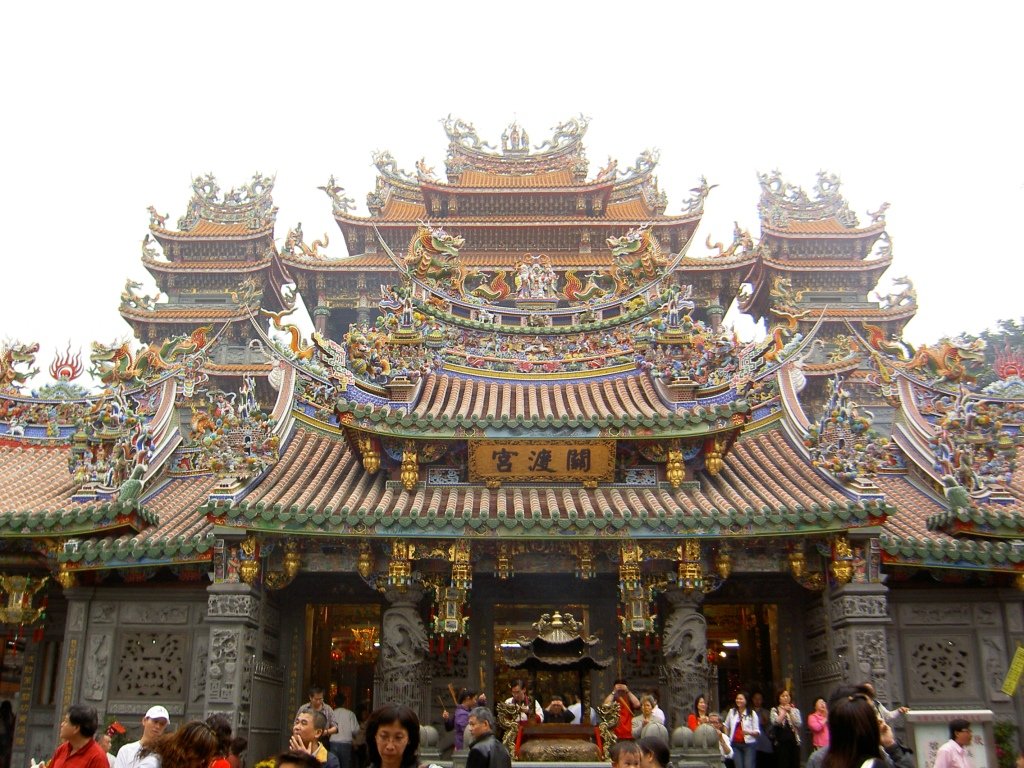
Visiting Guandu Temple in Taipei: Hours, Tickets, History, and Tips
Date: 18/07/2024
Introduction
Guandu Temple (關渡宮), located in Taipei, Taiwan, is a revered cultural and religious landmark that offers visitors a glimpse into the island’s rich history and spiritual heritage. Established in 1661, the temple is dedicated to Mazu, the Goddess of the Sea, who holds a significant place in Taiwanese folklore and religious practices. Over the centuries, Guandu Temple has evolved from a modest structure built by early settlers from Fujian Province, China, to a grand architectural marvel that serves as a vital center for worship and community activities.
The temple’s strategic location near the Tamsui River underscores its historical importance as a sanctuary for fishermen and sailors, reflecting Taiwan’s deep maritime roots. Visitors to Guandu Temple are treated to an array of visual and cultural experiences, from intricate carvings and colorful murals to traditional rituals and festivals that continue to draw thousands of devotees annually. The temple’s significance is not only rooted in its religious functions but also in its role as a cultural repository, preserving traditional Chinese art and customs (source).
This comprehensive guide aims to provide potential visitors with all the essential information needed to fully appreciate and explore Guandu Temple. From visiting hours and accessibility to travel tips and nearby attractions, this guide ensures that readers are well-prepared for an enriching visit to one of Taipei’s most cherished historical sites.
Table of Contents
- Introduction
- History of Guandu Temple
- Visitor Information
- Travel Tips
- Special Events and Guided Tours
- Photographic Spots
- FAQ
- Conclusion
History of Guandu Temple
Origins and Early Development
Guandu Temple (關渡宮) is one of the oldest and most significant temples in Taipei, Taiwan. The temple’s origins date back to 1661 during the Ming Dynasty, making it over 360 years old. It was initially constructed by early settlers from Fujian Province in China, who brought with them their religious practices and deities. The temple was dedicated to Mazu, the Goddess of the Sea, who is revered by fishermen and sailors for her protective powers. This dedication reflects the maritime culture and the reliance on sea routes for trade and communication during that era.
Architectural Evolution
The temple has undergone several renovations and expansions over the centuries, each adding to its architectural grandeur and cultural significance. The original structure was relatively modest, but as the temple gained prominence, it saw significant enhancements. In the 18th century, the temple was expanded to include additional halls and altars, reflecting the growing number of devotees and the increasing importance of the temple in the local community.
One of the most notable renovations occurred in the early 20th century, when the temple was extensively rebuilt using traditional Chinese architectural techniques. This renovation included the addition of intricate carvings, elaborate roof decorations, and the use of vibrant colors, which are characteristic of traditional Chinese temples. The temple’s main hall, dedicated to Mazu, features a statue of the goddess that is said to have been brought from Meizhou, her birthplace in China.
Historical Significance
Guandu Temple holds a special place in the history of Taiwan due to its role in the religious and social life of the local community. During the Qing Dynasty, the temple served as a center for community gatherings and religious festivals. It was also a place where important decisions affecting the local community were made. The temple’s significance continued into the Japanese colonial period (1895-1945), when it became a symbol of Chinese cultural identity and resistance against Japanese assimilation policies.
In the post-World War II era, the temple continued to be a focal point for religious activities and community events. It has hosted numerous festivals, including the annual Mazu Pilgrimage, which attracts thousands of devotees from across Taiwan and beyond. This pilgrimage is one of the largest and most important religious events in Taiwan, highlighting the enduring significance of Guandu Temple in the spiritual life of the island.
Cultural and Religious Impact
Guandu Temple is not only a place of worship but also a repository of cultural heritage. The temple’s architecture, art, and rituals provide valuable insights into the religious practices and cultural traditions of the Chinese diaspora in Taiwan. The temple’s murals and carvings depict scenes from Chinese mythology and folklore, offering a visual narrative of the beliefs and values of the community.
The temple also plays a crucial role in the preservation and transmission of traditional Chinese religious practices. It serves as a training ground for Taoist priests and a venue for the performance of traditional rituals and ceremonies. These activities help to keep alive the religious traditions that have been passed down through generations.
Modern-Day Relevance
Today, Guandu Temple continues to be a vibrant center of religious and cultural activity. It attracts visitors from around the world who come to admire its architectural beauty, participate in religious ceremonies, and learn about its rich history. The temple’s management has also embraced modern technology, using social media and digital platforms to reach a wider audience and promote its activities.
In recent years, the temple has undertaken several initiatives to enhance its cultural and educational offerings. These include the establishment of a museum that showcases the temple’s history and artifacts, as well as the organization of cultural events and workshops that promote traditional Chinese arts and crafts. These efforts have helped to ensure that Guandu Temple remains a living and dynamic institution that continues to play a vital role in the cultural and spiritual life of Taipei.
Notable Events and Milestones
Throughout its long history, Guandu Temple has witnessed numerous significant events and milestones. One of the most notable events was the visit of the Qing Dynasty official Liu Mingchuan in the late 19th century. Liu, who was the first governor of Taiwan, visited the temple to pay his respects to Mazu and seek her blessings for his efforts to modernize the island.
Another significant milestone was the temple’s designation as a national historic site by the Taiwanese government in 1985. This recognition underscores the temple’s importance as a cultural and historical landmark and has helped to ensure its preservation for future generations.
In recent years, the temple has also played a role in fostering cross-strait relations between Taiwan and mainland China. It has hosted delegations from Chinese temples and participated in cultural exchanges that promote mutual understanding and cooperation. These activities highlight the temple’s ongoing relevance as a bridge between different cultures and communities.
Visitor Information
Ticket Prices
Entrance to Guandu Temple is free of charge. However, donations are welcome and appreciated to support the temple’s maintenance and activities.
Visiting Hours
Guandu Temple is open daily from 6:00 AM to 8:00 PM, allowing visitors ample time to explore the site and participate in any ongoing ceremonies.
Accessibility
The temple is accessible to visitors with disabilities. Ramps and elevators are available to ensure that everyone can enjoy the temple’s facilities.
Travel Tips
- Best Time to Visit: Early mornings or late afternoons are the best times to visit to avoid the crowds and heat.
- Dress Code: Modest attire is recommended out of respect for the religious nature of the site.
- Photography: Photography is allowed, but be mindful of worshippers and avoid using flash during ceremonies.
Special Events and Guided Tours
Guandu Temple hosts several special events throughout the year, including the annual Mazu Pilgrimage and various traditional Chinese festivals. Guided tours are available and can be arranged through the temple’s official website.
Photographic Spots
- Main Hall: Capture the intricate carvings and the statue of Mazu.
- Temple Courtyard: Offers beautiful views of the temple’s architecture against the backdrop of the surrounding hills.
- Riverside Path: Provides scenic views of the Tamsui River and the temple’s exterior.
FAQ
- What are the visiting hours of Guandu Temple?
- Guandu Temple is open daily from 6:00 AM to 8:00 PM.
- Is there an entrance fee to visit Guandu Temple?
- No, entrance is free, but donations are welcome.
- Are guided tours available at Guandu Temple?
- Yes, guided tours can be arranged through the temple’s official website.
- What is the best time to visit Guandu Temple?
- Early mornings or late afternoons are the best times to visit to avoid crowds and heat.
- Is Guandu Temple accessible to visitors with disabilities?
- Yes, the temple has ramps and elevators to ensure accessibility.
Conclusion
Guandu Temple’s rich history and cultural significance make it a must-visit destination for anyone interested in exploring the religious and cultural heritage of Taiwan. Its enduring legacy as a center of worship, community, and cultural preservation continues to inspire and attract visitors from around the world. For more information, you can visit the official website of Guandu Temple.
Call to Action
Stay updated with the latest events and activities at Guandu Temple by following their social media channels or downloading their mobile app. Don’t forget to check out other related posts on our website for more insights into Taipei’s historical sites.
